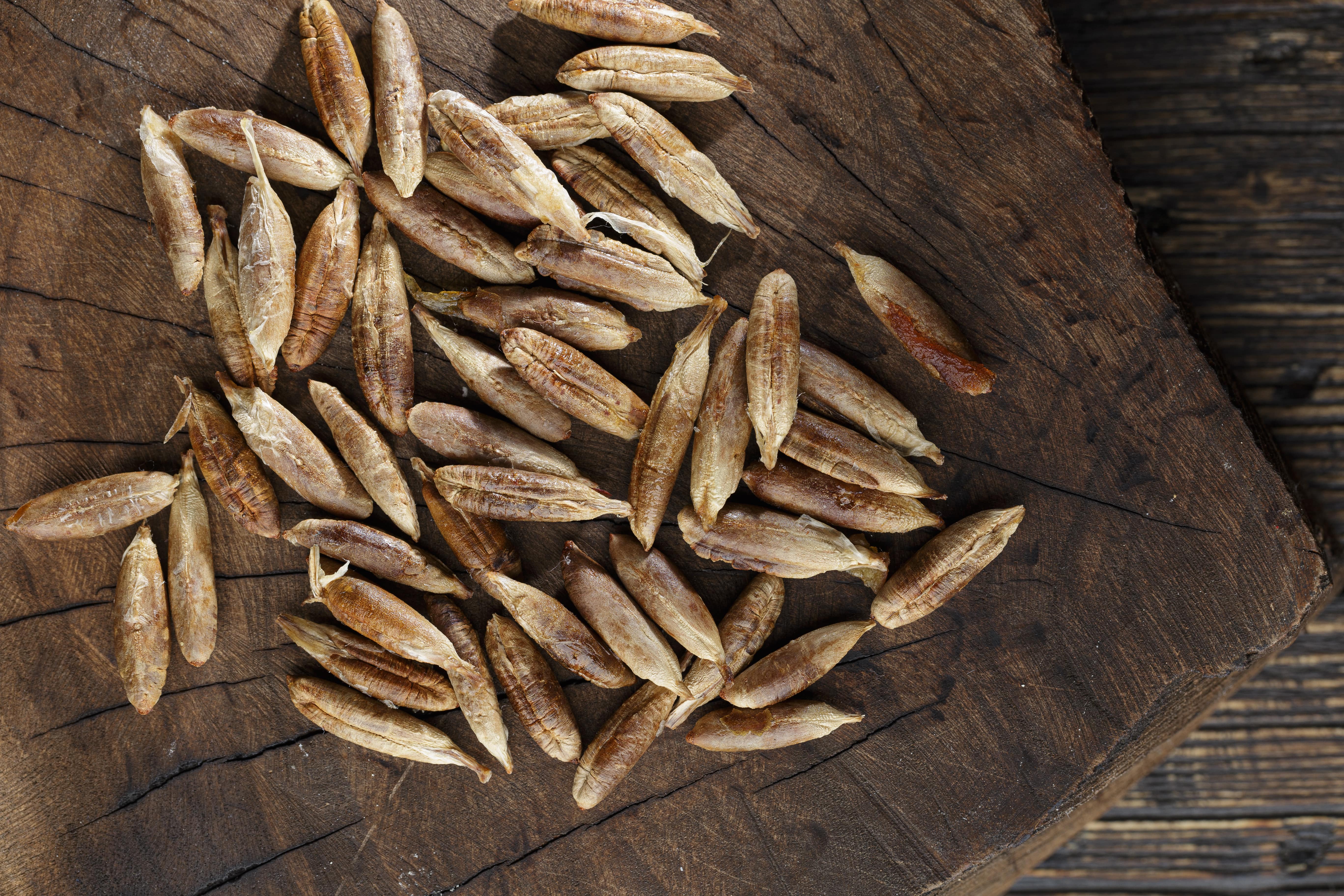
A Khalifa University research team has investigated a scalable electrochemical process to convert furfural into fuel.
A Khalifa University research team, comprising Professor Fawzi Banat, Muhammad Ashraf Sabri, PhD candidate, Dr. Bharath Govindan, Research Scientist, Abdul Hai, Research Associate, Associate Professor Mohammad Abu Haija, and Professor Ricardo Nogueira, all Khalifa University Department of Chemical Engineering and Department of Chemistry, developed new electrocatalysts for efficient and scalable conversion of furfural into furoic acid and furfural alcohol.
Their results were published in Fuel Processing Technology.
Furfural is an organic compound, a product of the dehydration of sugars, and occurs in a variety of agricultural processes. It is a bio-oil, derived from processing crop materials such as corn, oats, bran, and sawdust. Furfural is an important renewable, non-petroleum-based chemical feedstock that can be converted into solvents, polymers, and other useful chemicals. The KU research team looked into converting it into fuels.
This conversion requires electrode materials that are cost-effective and highly stable if industrial application is to be achieved. “Electrochemical hydrogenation of bio-oil compounds has gained much attention in the last decade due to the possibility of producing fuels and other value-added, cost-effective, and environmentally friendly chemicals,” Prof. Banat said.
This method has many advantages, including in-situ hydrogen production and precise control over reaction conditions, but industrial applications have yet to be realized due to slow reaction kinetics, low catalyst activity, and low selectivity.
“Traditionally, electrochemical hydrogenation suffers several disadvantages, including slow water oxidation and mass transfer limitations,” Prof. Banat said. “Additionally, the product on the anode side was oxygen, which did not economically add much to the process. Coupling electrochemical hydrogenation with electrochemical oxidation eliminates the disadvantages of the traditional setup. This new technique simultaneously converts bio-oil in the cathode and anode compartments to valuable fuels and value-added products.”
Combining the two processes creates an integrated approach: Both electrodes generate desirable products. For furfural, this is fufural alcohol and furoic acid.
To make this process efficient, catalysts are required. Various carbon materials have been used as supports for catalysts, adsorbents, and materials for electrodes because of their high porosity, tunable pore size distribution, and high surface area. Activated carbon electrodes offer low resistance and large surface areas, decreasing the power required and increasing the number of reaction sites. The KU research team used molybdenum and cobalt immobilized on activated carbon derived from date seeds. The molybdenum-cobalt catalyst facilitated the reaction, while the date seed-derived activated carbon was doped with nitrogen to improve the electrochemical activity.
The team developed an efficient catalyst offering high yields of furoic acid and furfural alcohol. These products can be used in corrosion-resistant glass, acid-proof bricks, and plasticizers, while the new process and catalyst open up possibilities for the creation of value-added chemicals under optimized conditions at industrial scale.
Jade Sterling
Science Writer
17 January 2023






